|
Story books have a special way of capturing our children's imaginations and teaching them important life lessons. They can help our kids understand and care about other people's feelings, appreciate diversity, and feel good about themselves. In fact, story books can be powerful tools for helping children develop empathy, learn acceptance, and build confidence. Special Story Books For Developing Empathy, Acceptance, and Self ConfidenceOne of the great things about story books is how they make us feel. When children read stories, they connect with the characters and start to understand their own emotions better. This connection helps them show kindness and understanding towards others. Here are some of my collection that I used every year to help build a positive classroom environment. Each of these books tackles important themes such as self-acceptance, embracing individuality, standing up against bullying, and navigating cultural differences. They provide opportunities for discussions about empathy, understanding, and inclusivity, encouraging children to appreciate diversity and embrace their own unique qualities. Books About Anxiety And Self AcceptanceIn "A Bad Case of Stripes" by David Shannon., Camilla Cream loves lima beans but she is afraid of what others will think. She develops a strange case of stripes that changes with her emotions. Through this colorful and imaginative tale, the book addresses themes of self-acceptance, embracing one's true identity, and overcoming the fear of judgment. In "Woolbur" by Leslie Helakoski, Woolbur, a free-spirited sheep dares to be different. Woolbur's unique personality and refusal to conform to the flock's expectations inspire children to embrace their creativity, think independently, and celebrate their own quirks. The book encourages kids to express themselves authentically and embrace their individuality. In "Wemberly Worried" by Kevin Henkes, Wemberly worries about everything. This is a heartwarming and reassuring story that teaches children important lessons about managing their worries and finding comfort in relationships with others. Books About Problem Solving And Considering Other PerspectivesStory books also provide opportunities for problem-solving. Through the characters' challenges and dilemmas, children learn to think critically, consider different perspectives, and make choices that consider others' feelings. Howard B. Wigglebottom is a beloved character in a series of children's books by Howard Binkow. Howard is a young rabbit who encounters various situations and learns important life lessons throughout the series. Here are some of the lessons that Howard B. Wigglebottom has learned: In "Howard B. Wigglebottom Learns to Listen," Howard discovers the value of active listening. He realizes that listening attentively to others is essential for understanding, learning, and building positive relationships. In "Howard B. Wigglebottom Listens to His Heart", Howard learns about the importance of trusting his instincts and listening to his inner voice. Through relatable situations, Howard discovers the value of following his passions, making choices based on what feels right, and being true to himself. In "Howard B. Wigglebottom and the Power of Giving", joy and fulfillment that comes from giving and helping others is emphasized. Howard discovers the positive impact of acts of kindness, sharing, and generosity, teaching children the value of empathy and making a difference in the lives of others. These stories featuring Howard B. Wigglebottom are designed to engage young readers and provide them with valuable life lessons in an accessible and relatable manner. The character's experiences and growth inspire children to develop important social and emotional skills, promoting positive behaviors, empathy, and good character. Bucket Filling BooksHere are several different books that focus on bucket filling. Bucket filling is a concept that promotes kindness, empathy, and positive behavior. The idea behind bucket filling is that everyone has an invisible bucket that represents their emotional well-being. When we engage in acts of kindness, empathy, and encouragement, we "fill" someone's bucket, including our own, and promote a positive and caring environment. Conversely, negative actions, such as unkind words or bullying, can "dip" into someone's bucket and diminish their emotional well-being. Dealing With Teasing And BullyingStory books create a safe and imaginative space for children to explore complex emotions and social situations. They provide a platform for conversations in the classroom, where children can share their thoughts and learn from others' perspectives. "Oliver Button Is a Sissy" by Tomie dePaola, tells the story of Oliver Button, a boy who faces teasing and criticism because he enjoys activities traditionally associated with girls, such as dancing. Oliver finds strength and self-acceptance in pursuing his passion despite societal expectations, teaching children the importance of being true to oneself and embracing individuality. "The Recess Queen" by Alexis O'Neill, tackles the issue of bullying in a relatable and engaging way. It follows the story of Mean Jean, the recess queen, who dominates the playground with her intimidating behavior. When a new girl named Katie Sue arrives, she challenges Mean Jean's reign by extending kindness and friendship. The book promotes inclusivity, empathy, and the power of friendship. Books About Self WorthBy using story books in the classroom, we can engage children in meaningful ways. We can teach them to understand and care about others, accept and appreciate differences, and develop a positive sense of self. These Max Lucado books for kids are known for their engaging storytelling, vibrant illustrations, and uplifting messages. They aim to inspire children with the principles of faith, love, acceptance, and self-worth, while also fostering their spiritual growth and understanding. The books provide an opportunity for parents, caregivers, and educators to share valuable life lessons with children in an accessible and enjoyable way. Overcoming Obstacles And Cultural DiversityStory books inspire children to believe in themselves and overcome challenges. Characters who face obstacles show kids that they too have inner strength and can navigate life's ups and downs. "Angel Child Dragon Child" by Michele Maria Surat, tells the story of a young Vietnamese girl named Ut who moves to the United States and faces challenges as she adapts to a new culture and language. The book highlights Ut's resilience, the importance of family support, and the strength found in embracing one's cultural heritage while navigating new experiences. "The Name Jar" by Yangsook Cho, explores themes of identity, cultural diversity, and acceptance. It follows a young Korean girl, Unhei, who moves to the United States and contemplates changing her name to fit in. Through Unhei's journey, the book teaches children the value of embracing their heritage and appreciating the differences in others. Story books give children a chance to think about their own experiences and emotions. By reflecting on these stories, children become more aware of their own feelings, strengths, and worth. They feature characters who exhibit positive behaviors like kindness and resilience. These characters become role models for children, teaching them valuable lessons and helping them feel good about themselves. In "7 Habits For Happy Kids" by Sean Covey, children are introduced to seven essential habits that can help them develop a positive mindset, build healthy relationships, and make responsible choices. It teaches kids about setting goals, prioritizing tasks, and taking personal responsibility. The book empowers children to become proactive, confident, and happy individuals. These are just a few of many books out there that help develop a nurturing environment that fosters empathy, acceptance, and sef-esteem in children. By choosing meaningful stories, having open discussions, and encouraging empathy and self-reflection, we can help children grow into kind and confident individuals. Here is a template that will help children to share their feelings and connections to the stories that they read. Get a free copy by signing up to my newsletter. Let's continue to embrace the power of story books. Each story we read plants seeds of kindness and acceptance in our children's hearts. Together, we can nurture a generation of empathetic and accepting individuals who celebrate diversity and believe in themselves. Related PostsTeachers are looking forward to relaxing during the summer break and taking a rest from all the stress of teaching, but many are still on the lookout for ideas and inspiration for the next year. The trick is to find the balance between resting and planning as they strive to recharge for the new year. Do you like to plan first or later?Some teachers like to have a plan in place before they go on break so that they have a sense of where to start and what they want to do when it is time to return to the new school year. Other teachers like to stop completely, take a mind break, and resume their planning near the end of the summer. Both plans can work, but it is important to do what is best for you. Don't feel you have to do what your colleagues are doing. If you need the mental break now, take it. If you need to feel like you have a future plan in place, create it. Once you have done what you need to do for you, take that break and relax, refresh, and recharge. Easier said than doneIn my experience, shutting off the teacher brain at the end of the school year takes time. Although the calendar says that school is over for the year, sleeping in, formulating plans, and letting go doesn't start the next day. It takes a few days, or maybe even weeks, to really let it go and relax. When you finally start relaxing and feeling like you are on holidays, the hype for back to school starts all around you. Ads on tv, in newspapers, and on radio broadcasts begin to bombard you and you start to turn on the teacher brain again. As tempting as it may be to start doing extensive planning when this happens, it is important to still take time for you. You will burn out faster if you don't find some time to do other things and truly refresh, recharge and re-energize. One way to combine planning and fun is to do things with your children or grandchildren. You will get to see their reactions and listen to their questions as you go places and explore different events or activities together. This can provide great inspiration and creative thought for implementation of similar experiences in the classroom, because you actually got to experience them instead of just doing research for them. Today's RealityToday's reality in many school districts, at least here in Canada, is that the classes can be shuffled after the start of the year and teachers could have a totally different group or grade level than they expected. This happened to me a few years ago. I had planned a big social studies unit for my kids based on the grade I was given. I knew many of the kids and I was confident they would be able to handle the work. I even had my bulletin boards all ready and I was making resources for my lessons. A couple of days before school started, the classes were shuffled due to numbers and class sizes. I ended up going down a grade level and all the work I had done was unusable because it was too hard for younger students to handle. I took down my displays, and decided at the point I was never again going to do intensive planning ahead of time. Suggestion: If you must do some planning, do some basic planning that can support learning the first couple of weeks of school as you get to meet your students and see what will work for them. Have a wonderful break!Different parts of the world have their summer break at different times, so you may be part way through your break and in relax mode while others are anxiously waiting for their break to get here. Wherever you are on the timeline, have a wonderful and refreshing summer break. You deserve it! Remember: Relax, Refresh, Recharge. Related PostsIt's one of our most awaited times of the year! Or is it? Spring is in the air and Spring Break is almost here. For many people, the holidays are full of laughter, fun, and gathering together, but for others it can be very difficult. School is a safety net that will be taken away for a couple of weeks. Some families are struggling with critical illnesses and loss. We need to remember to be mindful of these situations as we say goodbye to our students for the break or when it is time to greet them again after the break. When classes return after the break, some kids will feel uncomfortable sharing their holiday experiences. They may need to have time to reflect and adjust again to their safety net and the people they can trust. It is important to build in opportunities for this to happen. Instead of having big group sharing about the holidays, maybe there could be different activities that would allow for individual sharing and reflecting as well as perhaps some special stories or anecdotes that will help the students to feel acknowledged and heard. Each of us has a different approach for how we connect with our kids. That's what makes it genuine. Just tap into what works for you and find the balance between sharing happy moments and being there for those who are struggling. Good mental health is so important, especially following a couple of years of pandemic restrictions and stresses. Kids need to feel that they matter and that they are loved. We need to make sure that mindfulness and SEL activities are part of everyday teaching to help our kids get through all the difficult times they may experience both physically and emotionally. I am glad that SEL has been added to our teaching and that mental health is now considered an important part of a child's welfare and education. It hurts my heart to see so many young people struggling emotionally. We need to help them realize how special and important they are. Thank you for all that you do in the classroom everyday to help this become a reality.
Misunderstandings can create anger, frustration, upset, arguing and even physical outbursts or fighting. It is important to find ways to solve these misunderstandings before they escalate.
Teaching SEL (social and emotional learning) to young children is an important element of fostering a safe, caring classroom environment. One essential SEL strategy for the classroom is teaching kids how to solve disagreements. Solving disagreements
There are several problem solving strategies that can be used to help with disagreements. Five key ways of doing this include active listening, looking for win-win solutions, thinking with empathy, brainstorming possible solutions together, and using “I” statements when talking about problems and feelings.
Using "I" Statements
Often when accusations are used, emotions escalate and more conflict is possible. Using "I" statements helps take the sting away from making it sound like someone has done something wrong, shares what the speaker feels and how it personally affects them and allows for a positive conversation and resolution. When 'I' statements are used, children learn how to communicate responsibly, both listening to others and expressing their own emotions, when it comes to solving disagreements.
It's important to teach how to use "I" statements and explain how they can help with problem solving. How to use "I" statements
Teaching how to use "I" statements effectively and the importance of using them can be done in a variety of ways, but one of the best is by role play and story telling followed by discussion. This is a chance for them to see how using "I" statements leads to understanding instead of accusations and more conflict.
Framing the "I" statement needs to be taught as well. Kids need to be able to share how they are feeling and why without blaming. This is a skill that will need some practice. The automatic reaction is to accuse when an incident occurs. For example, instead of saying "You did something wrong" they could use "I felt upset when ______ happened". This teaches kids to become aware of their own emotions, as well as the emotions of others, when communicating about problems and feelings.
There are several techniques that can be used, including sharing stories or doing role playing activities, for finding resolutions to disagreements. This helps to keep the conversation honest while making sure each student understands they have been heard and respected. SEL can give kids the ability to respectfully listen and process emotions, whether their own or someone else's, which is essential for solving disagreements out in the real world.
Active listening and thinking with empathy
Active listening is another important part of using "I" statements. Listening to what the speaker has to say in these "I" statements gives other people involved in the situation an idea of how the speaker feels and it brings greater understanding which helps with solutions. It also encourages responsibility for the speaker to share his own thoughts and feelings.
When kids listen actively, they can better understand and empathize with others. This will help them to see how their actions may have affected others. This will help them to be open to working through the situation and brainstorming to find a compromise or solution that will work for everyone. It also helps indicate that it's possible for everyone involved in a disagreement to get what they need without anyone feeling worse in the end.
When you teach children these strategies for problem-solving – active listening, looking for win-win solutions, thinking with empathy, brainstorming possible solutions together, and using “I” statements when talking about problems and feelings– they gain vital tools they will carry with them through all facets of their lives, from making friends on the playground to working collaboratively in their future careers.
Related Posts
Personal space, active listening, working with others, sharing, taking turns, making friends, being kind and so on. When it comes to teaching kids social skills and Social and Emotional Learning (SEL) lessons, it is hard to know where to start. There are so many different skills to teach.
What is SEL and why is it important?
SEL (Social and Emotional Learning) is about getting kids to feel safe in their own skin and make sure they are taking care of themselves emotionally, too. It’s also about teaching them the importance of personal space, active listening, sharing, working with others and taking turns, just to mention a few things.
SEL is an important way to help young children develop important skills and live happy, healthy lives. Teaching SEL skills sets the foundation for understanding social norms. What does SEL look like in practice?
SEL in practice can look different in various classrooms, but here are some examples:
- kids are taking turns nicely when they are playing together - kids are demonstrating empathy when they see someone is sad - kids are sitting comfortably apart from one another during group time - kids are actively listening when talking with someone by responding and reflecting back what they said - kids are collaborating with others - kids are sharing experiences and materials How do we teach SEL?
Learning SEL skills such as personal space, active listening, working with others, sharing and taking turns can be challenging for young children. With thoughtful instruction using engaging stories or examples of what it looks like and feels like, teachers can help show young learners how to interact with respect and kindness.
It's important to explain what these concepts look like and feel like for young children so that they can understand the expectations. For example, when showing them what active listening looks like, generally focus on three main ideas: making eye contact, nodding and smiling during conversation, and paraphrasing back what was heard. Through role play, you can show children the proper distance they should keep when talking with friends and how standing closer than this would make the other person feel uncomfortable. Young learners often thrive from collaboration when paired up with a partner for pair-share activities that help build communication skills like sharing ideas and taking turns talking. What if SEL doesn't seem to be working?
Sometimes SEL doesn't always work out as expected or desired. There can be a variety of scenarios that need more guidance and redirection. For example:
- one student doesn't follow directions - a child is having a difficult day - there's too much squabbling over toys or hogging the game board - two children are arguing or have different ideas about how to process a task together - two students are struggling over a shared toy or not cooperating together When SEL isn't working among the kids in your classroom, it's important to remain positive and offer some guidance. For example, reinforcing positive behavior when SEL techniques are used successfully or explaining concepts again until everyone understands. Simple redirection tactics such as calmly asking questions can also be a great way to guide playful conversations towards more positive behaviours. It is important to refocus the energy into talking about possible solutions. Encouraging discussion around topics such as what each person wants, why respectful boundaries are important, coming up with compromises, or enabling imagination through hypothetical situations can help teach children these essential SEL skills in a safe and caring environment. It can also be helpful to check in with each student individually and work towards understanding what their needs are - if they need more tools like visuals or if they already know the skills but need encouragement or support in using those tools consistently.
Through thoughtful guidance and clear examples of what these concepts look like and feel like in a practical setting, it is possible to foster an environment in which SEL becomes an integrated part of the day-to-day experience. Whether it be helping a child understand how being mindful of personal space boundaries feels safer for all or developing communication strategies so everyone has the opportunity to share their ideas and take turns without conflict, effective SEL can lay the foundation for productive learning environments. It's not always easy but we certainly can make SEL work for us.
It's all about making SEL fun while still emphasizing its life-long importance! It takes consistent practice and patience, but SEL makes all the difference when building positive relationships in our classrooms!
With SEL activities embedded in the routine, young kids can develop invaluable skills for interpersonal relationships throughout their lives. Ultimately SEL helps foster a sense of community, respect for others, and self-confidence within a classroom setting.
This is a social story for young kids that helps explain several positive behaviors. Sign up for my newsletter and get a free copy of this positive behaviors social story now.
For free resources, tips, and ideas, sign up for my newsletter.
Related PostsHave you ever felt like the tattling would never stop? Young children feel the need to tell about everything. "Johnny budged in front of me". "Susan was looking at Matthew's work." Nancy brought candy to school." It goes on and on. Teaching young children the difference between tattling and telling is an important skill that all kids need to learn. Is it tattling or telling?What does tattling look like? Well, it looks like fingering a classmate for taking something without permission, talking during quiet work time, sneaking food or toys into the classroom or purposely disturbing another student's work. It is natural for young children to blurt out any information they have, but when it comes to true cases of tattling they are often just trying to get someone in trouble. This can be tricky to catch, as some young kids may not understand the difference right away. Telling often feels different than tattling; it has a purpose and urgency to it. It often means that someone needs help or there is a safety issue. For example: if you saw a classmate getting physically hurt or being scared or teased by someone else, that would be considered telling. Here is an anchor chart that may help your kids to decide if an incident needs to be told or not. Teaching young children the difference between telling and tattling is a very important SEL skill to master. To do this, children need to understand what it looks and feels like in real world examples. Telling could be letting an adult know that someone has fallen off the playground equipment, while tattling would be informing an adult that someone has pushed them in line. Being able to recognize the difference will help a child know when it is appropriate to report something and when it’s not necessary. This can empower them to make good choices. As teachers, we need to take the time to provide scenarios for young students to practice and role play through these situations as well as have conversations about why specific scenarios are either an example of telling or tattling. Although it may be exhausting at times to deal with tattling, you need to be able to calmly encourage them to try to solve things themselves. Asking questions like "Is someone hurt?" "Is this a safety issue?" "Is someone in danger?" may help them to stop and think before they come to get help. If they do come to you, the best thing you can do is keep relaxed and calm with your responses so that they learn to trust you as an ally and friend. It is important for kids to know that they can rely on you when it is necessary to get help. Related PostsFeeling anxious, overwhelmed or out of control can be a common experience for many kids at school. To move beyond simply managing anxiety, it is critical to equip our students with coping skills, such as calming strategies that work in the classroom. The increase in anxiety and poor mental health with children has caused us to relook at how we can develop positive self esteem and skills to regulate emotions and behaviors. Social Emotional Learning (SEL) has become a focus in many classrooms recently as a means to provide skills for kids to improve mental health and emotional well-being. As teachers, we must take it upon ourselves to provide calming strategies so that our students can find their inner peace again. Luckily there are SEL strategies that teachers can implement in their classrooms to help students develop lifelong tools for managing stress, regulating emotions, and leading a balanced life. Learning about self-regulation and calming techniques is only a small part of SEL. There are many other aspects to discuss as well, but these will need to be further explored in a later post. Today I would like to focus on helping kids to deal with their emotions by using self-regulation strategies. There are many different calming strategies that can be used, but not all of them work for every child. If we teach a variety of different strategies, each child will have several techniques that they can try. In time, they will know what works well and what doesn't and they will be able to create their own toolkit of strategies. There are many different ways to help a child calm down when he is upset, anxious, or otherwise unregulated, but in order to help him long term, it is important to actually teach him strategies rather than just grab one for him to try in reaction to the unregulated behavior. Every child is unique, so there isn't a one size fits all answer. It is important to explore several different options and find out which ones work best for each person. Here are some examples of calming strategies that might work. Whole Class ActivitiesOne effective way to help kids with regulating and focusing, is to add calming and mindfulness activities into the school day. For example, starting out with a mindfulness circle in the morning and doing some deep breathing and stretching could help prepare everyone for the work ahead. Visualization and focusing on a peaceful or happy place can also work wonders to help alleviate feelings of stress and worry. Taking breaks for stretching and movement are important throughout the day. Body breaks and brain breaks allow kids to de-stress for a short time and prepare their minds for more work. Just like we need to take breaks throughout the day from working, so do kids. Individual calming strategiesSet up a calming corner in an area of the classroom where kids can go when they need a quiet space by themselves to regroup and self-regulate. You might have a few different things in there to help with the refocusing. Maybe you could add some pillows, blankets, stuffed animals, glitter jars, fidgets, books, or other small items that may be comforting. Have an area where music is available with headphones and a comfortable place to sit. Music is often very soothing and can help with relaxing and calming the spirit. Drawing and coloring also work well. Movement is sometimes necessary in order to self-regulate when upset. Try jumping jacks, skipping, going for a walk, delivering a message to another room, or even just pushing against a wall as ways to use physical activities to release the anxiety or upset feelings. Breathing exercises or counting also help for some people. The goal is not only to reduce anxiety during times of distress, but also to enable our students to become familiar with calming strategies they can apply outside of the classroom. When it comes to SEL, teachers have a toolbox full of calming strategies to choose from - so don't hesitate to use them and help kids develop their own toolboxes! Here are some posters that might be helpful for your students. They are available for free for my newsletter subscribers. Click here to get your copy. If you are already a subscriber, you can find them on my Followers Free Resources page. I hope these tips help with dealing with some of the anxiety that is prevalent in our schools today. Next time I will focus on another aspect of SEL. Related Posts |
About Me Charlene Sequeira
I am a wife, mother of 4, grandmother of 9, and a retired primary and music teacher. I love working with kids and continue to volunteer at school and teach ukulele. Categories
All
|
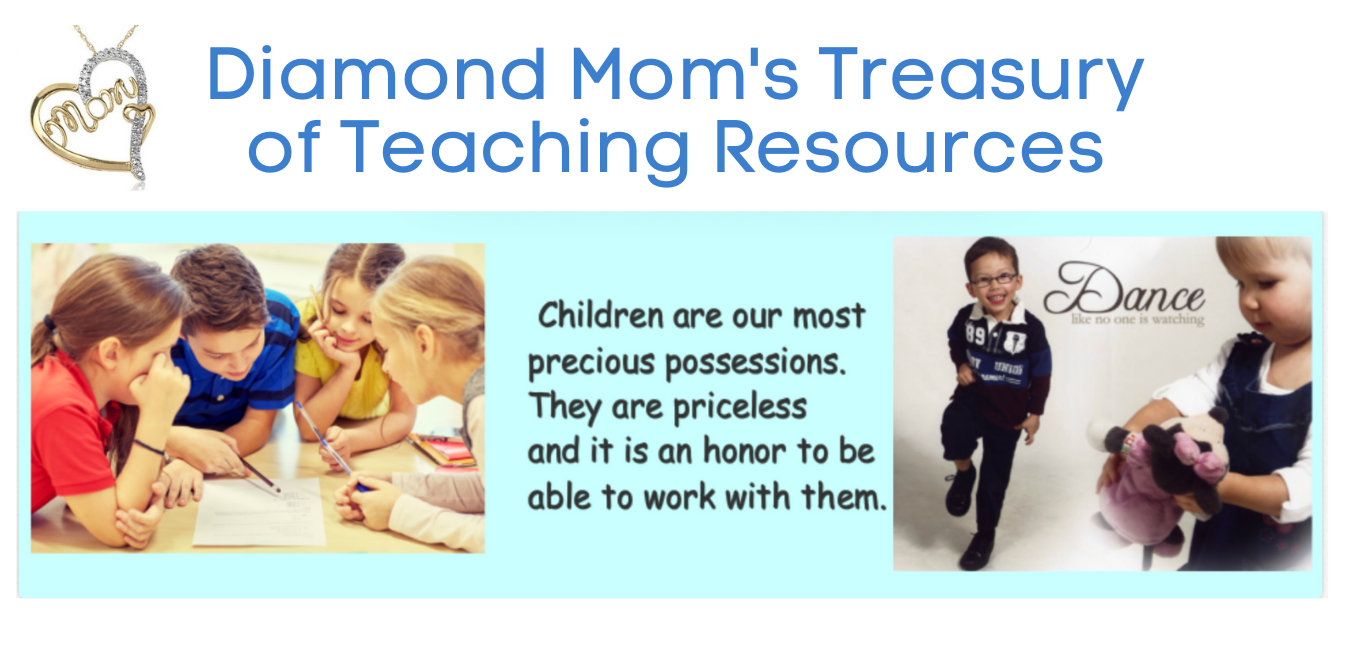
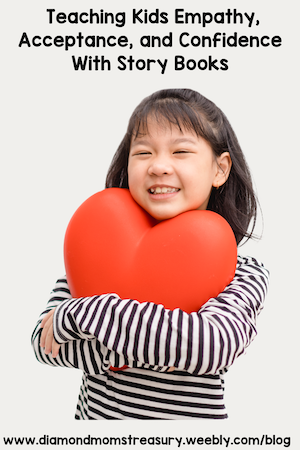
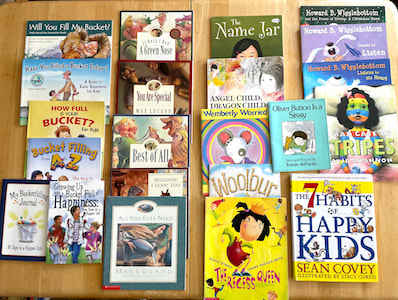
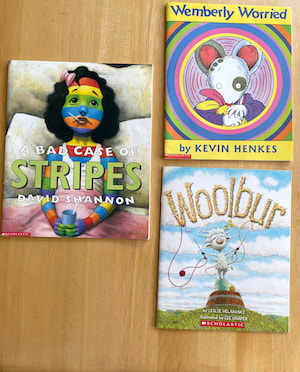
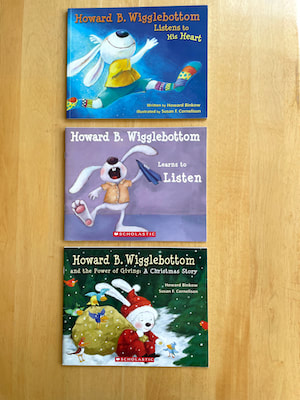
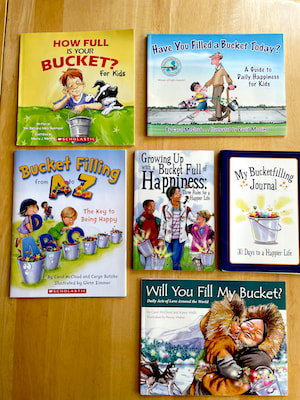
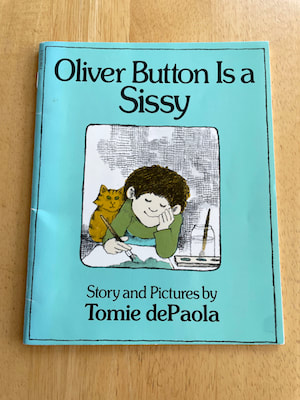
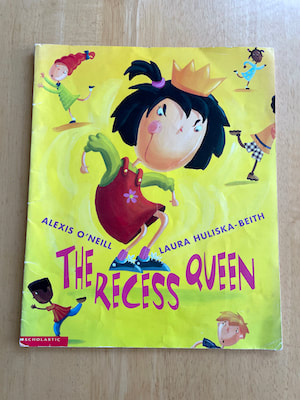
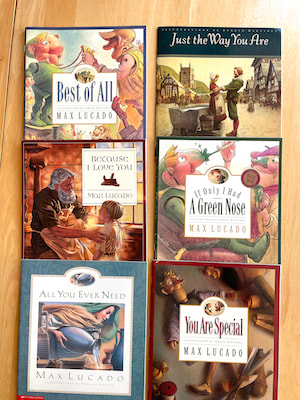
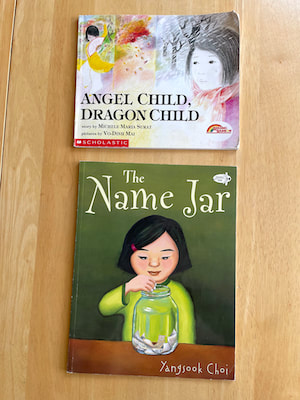
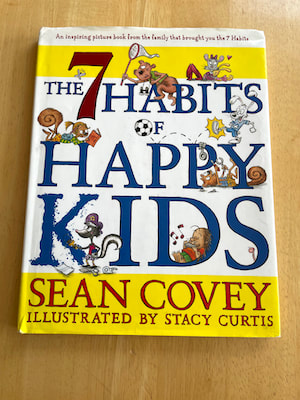
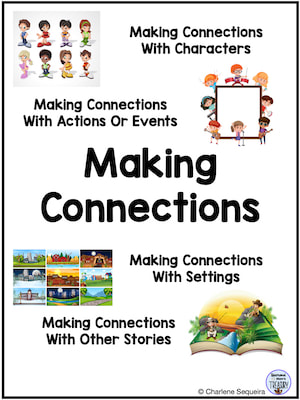
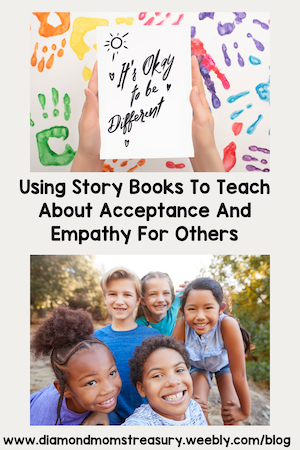

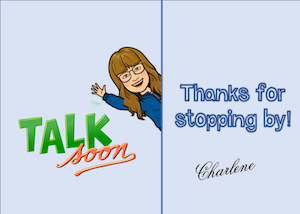
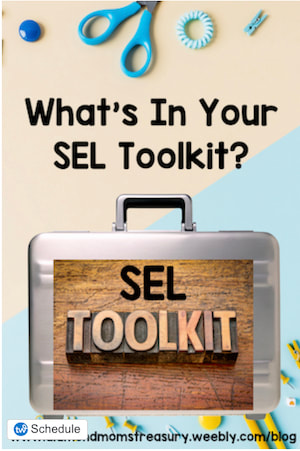
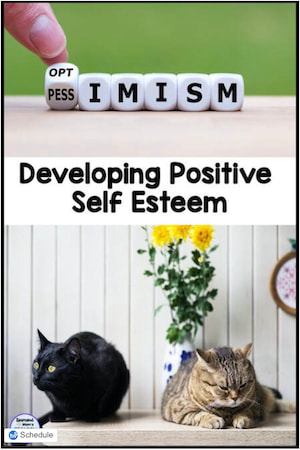
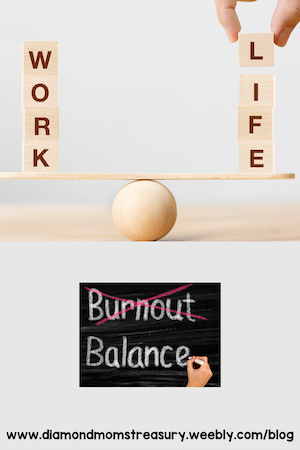

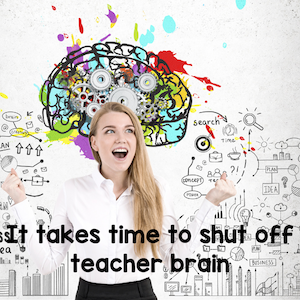





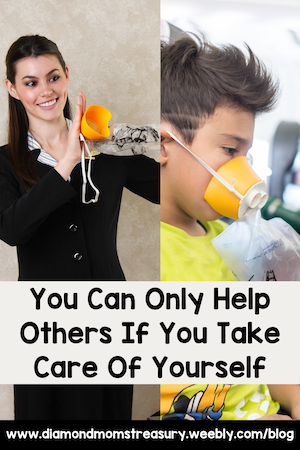
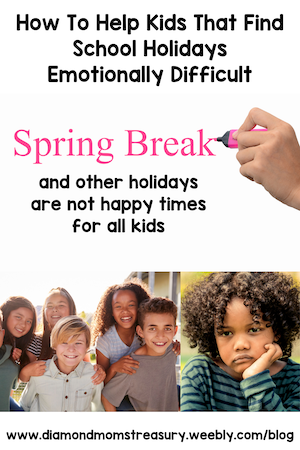
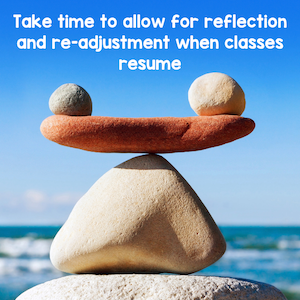
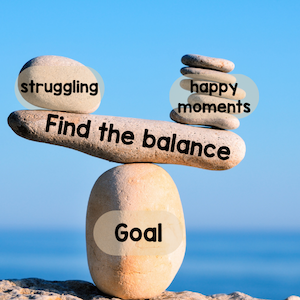
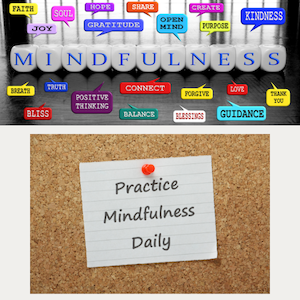
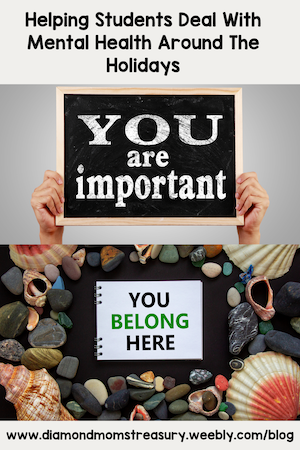

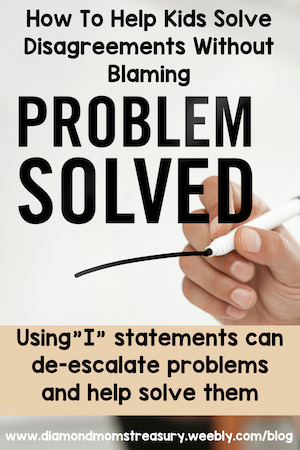
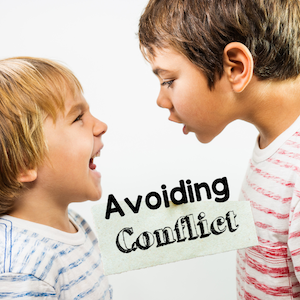
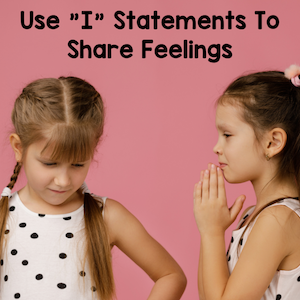
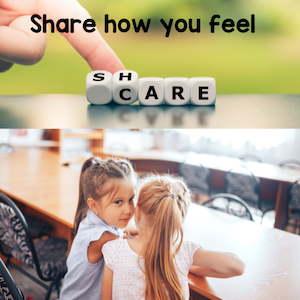
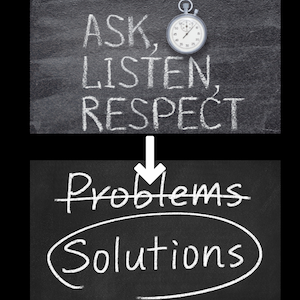
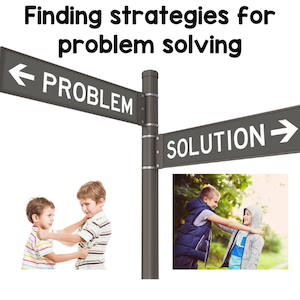
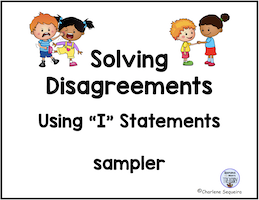
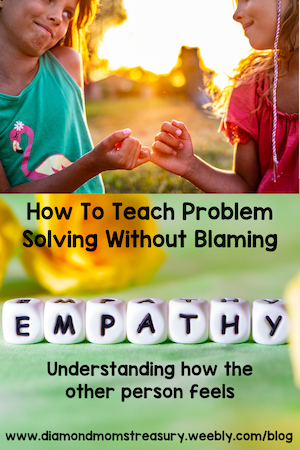

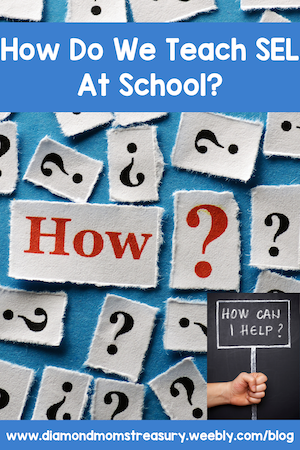
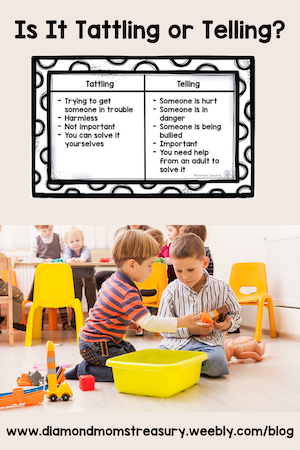
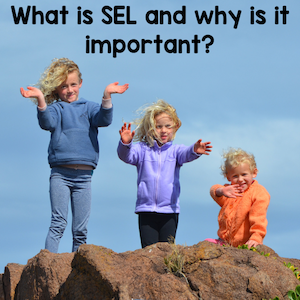
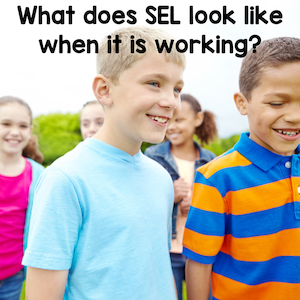
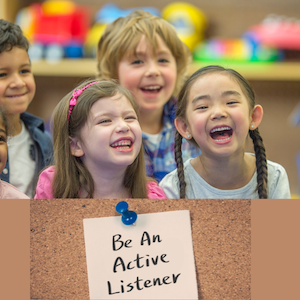
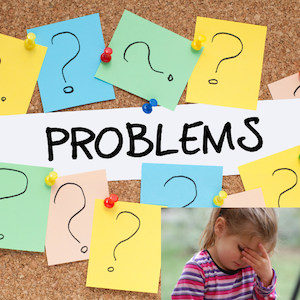
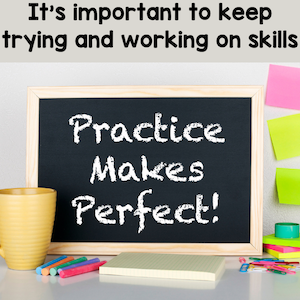
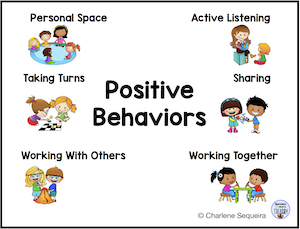
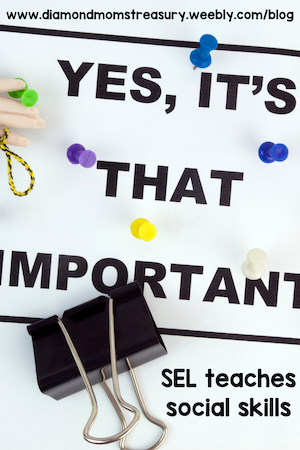

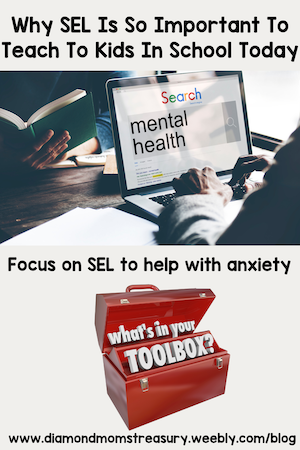
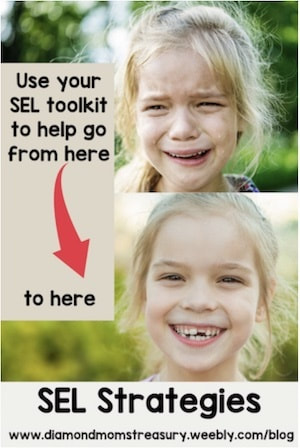
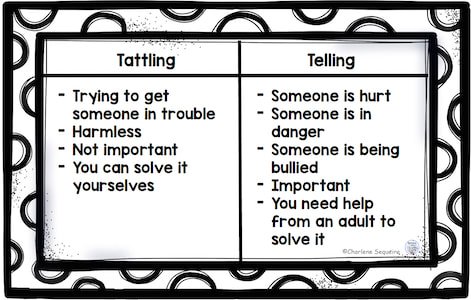
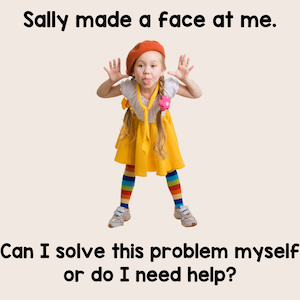
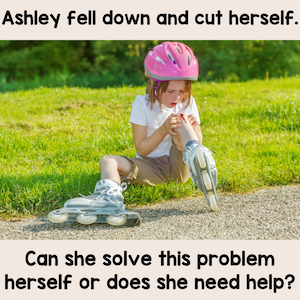
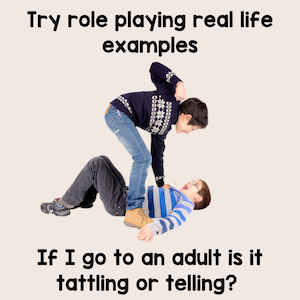
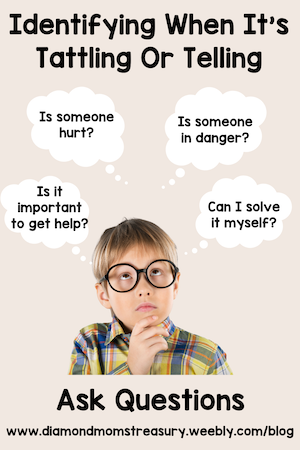

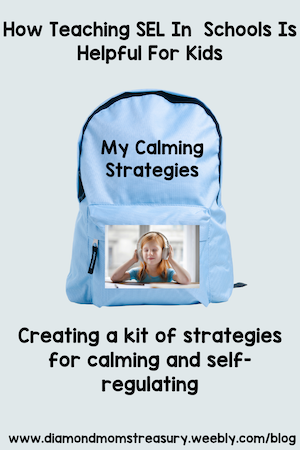
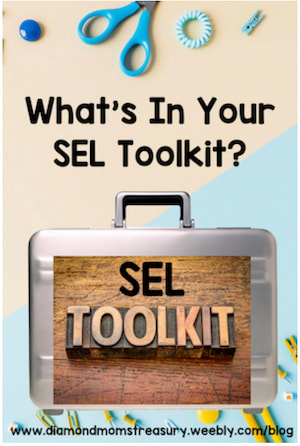
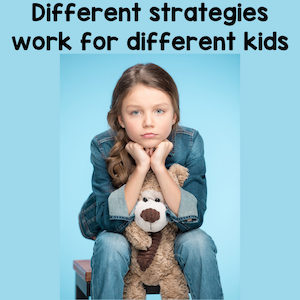
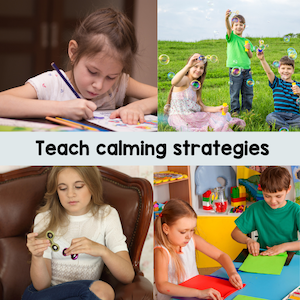
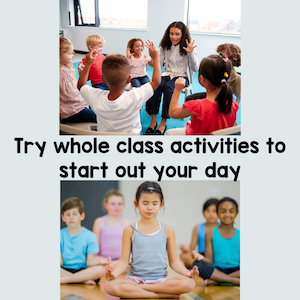
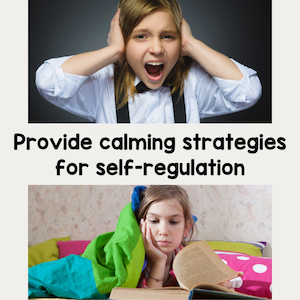
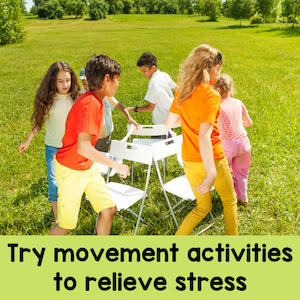
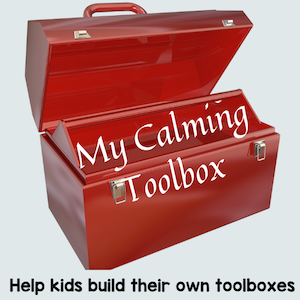
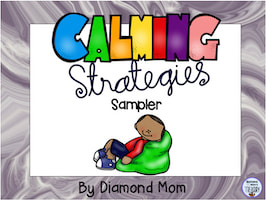

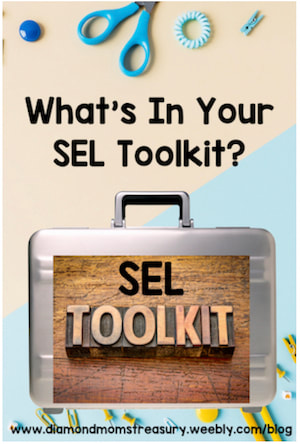
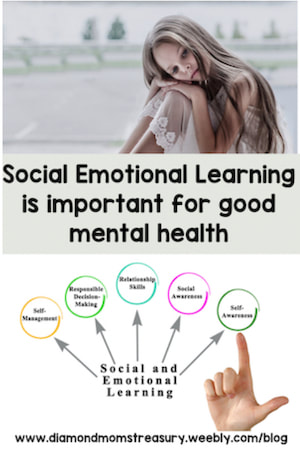



 RSS Feed
RSS Feed